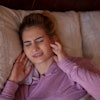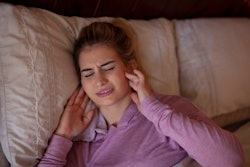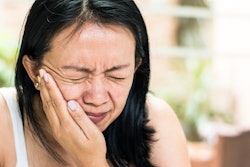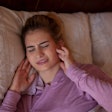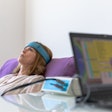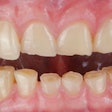
Multimodal interventions, including physical activity, may improve pain and other outcomes for patients with orofacial pain (OFP) caused by temporomandibular disorders (TMD). The systematic review was published on September 23 in the Journal of Oral Rehabilitation.
Aerobic exercise (AE), manual therapy (MT), and jaw and neck exercises may provide the most favorable results for patients with TMD and OFP associated with headaches, the authors wrote.
"Aerobic exercise plus MT and general exercises achieved the greatest positive effects on pain and other outcomes in the short/medium term in patients with OFP," wrote the authors, led by Ana lzabela Sobral de Oliveira-Souza of the University of Applied Sciences Osnabrück in Germany (J Oral Rehabil, September 23, 2024).
To explore the correlation between different interventions and orofacial pain, four studies examined patients with headaches associated with TMD and general TMD, comparing AE to MT, exercises (Ex), and strengthening exercises (Str ex), they wrote.
The multimodal combination of AE, MT, and Str Ex was more effective than MT and Ex alone in reducing pain intensity (mean difference [MD]: -8.65 points [95% confidence interval [CI]): -13.73 to -3.57]) both at the end of treatment and at the 12-week follow-up (MD: -9.43 points [95% CI: -14.97 to -3.89]). A pain sensitivity analysis focusing solely on OFP intensity yielded similar results, confirming the superiority of adding AE.
Furthermore, the multimodal therapy also showed better results in improving quality of life compared to AE alone (MD: -14.60 points [95% CI: -16.74 to -12.46]) and MT with Ex (MD: -12.30 points [95% CI: -14.50 to -10.10]). However, one manuscript reported results on headache disability, finding no significant differences between treatment groups at the end of the intervention or after a one-month follow-up, according to the results.
However, the study had limitations, including narrow inclusion criteria. Even after expanding them, limited findings were available, the authors wrote.
"Results of these studies indicate that interventions including a multimodal component in patients with TMD and OFP with associated headaches provide more favourable results," they concluded.




